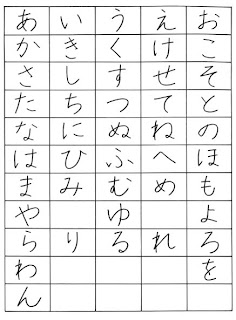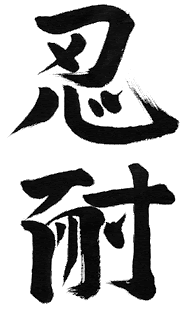
In the 19th Century, experts in language studies formulated their equivalent of Darwinism called monogenesis. According to this theory, writing progressed from the most primitive of symbols to the most evolved of letters. Chinese, which is symbolic (logographic), was considered primitive while the Latin alphabet, which is consonant and vowel based, was the most advanced. Of course, monogenesis implied that the pinnacle of civilization was Western European culture.
However, the development of Chinese, Japanese, and Korean writing contradicts this theory. Developed over 3,500 years ago, Chinese writing has changed little since. It serves the spoken language well. In 1949, the Chinese government standardized the written characters. However, many Chinese still continue using the older forms.


In the 5th Century, the Japanese adopted Chinese writing, since they respected the Chinese culture. Because the Japanese language was so different from Chinese, women developed the hiragana alphabet while the men used the characters (kanji) for sounds and meaning. Later, katakana was developed to read Buddhist scriptures written with Chinese characters. Today, Japanese use all three – kanji, hiragana, and katakana as one writing system. Their writing system is logo-symbolic.

Meanwhile, the Koreans, who also used Chinese writing for their language, developed one alphabet. Like the Japanese, they used the characters for both meaning and sound until the 15th Century. At that time, King Sejong devised Hangul (Korean letters), which is a consonant and vowel alphabet. Today, many Koreans use Hangul instead of Chinese characters.
The Chinese developed symbols to write down their speech. The Koreans and Japanese then adopted the Chinese system for use in writing their respective languages. Because Chinese was different from Korean or Japanese, they used Chinese characters as a basis to devise their own systems of writing. The result was that each culture chose writing that suited their unique traditions and languages.
Works Citied:
“Ancient Scripts”, Lawrence Lo, 2008, 12 June 2009, < http://www.ancientscripts.com/index.html >
No comments:
Post a Comment